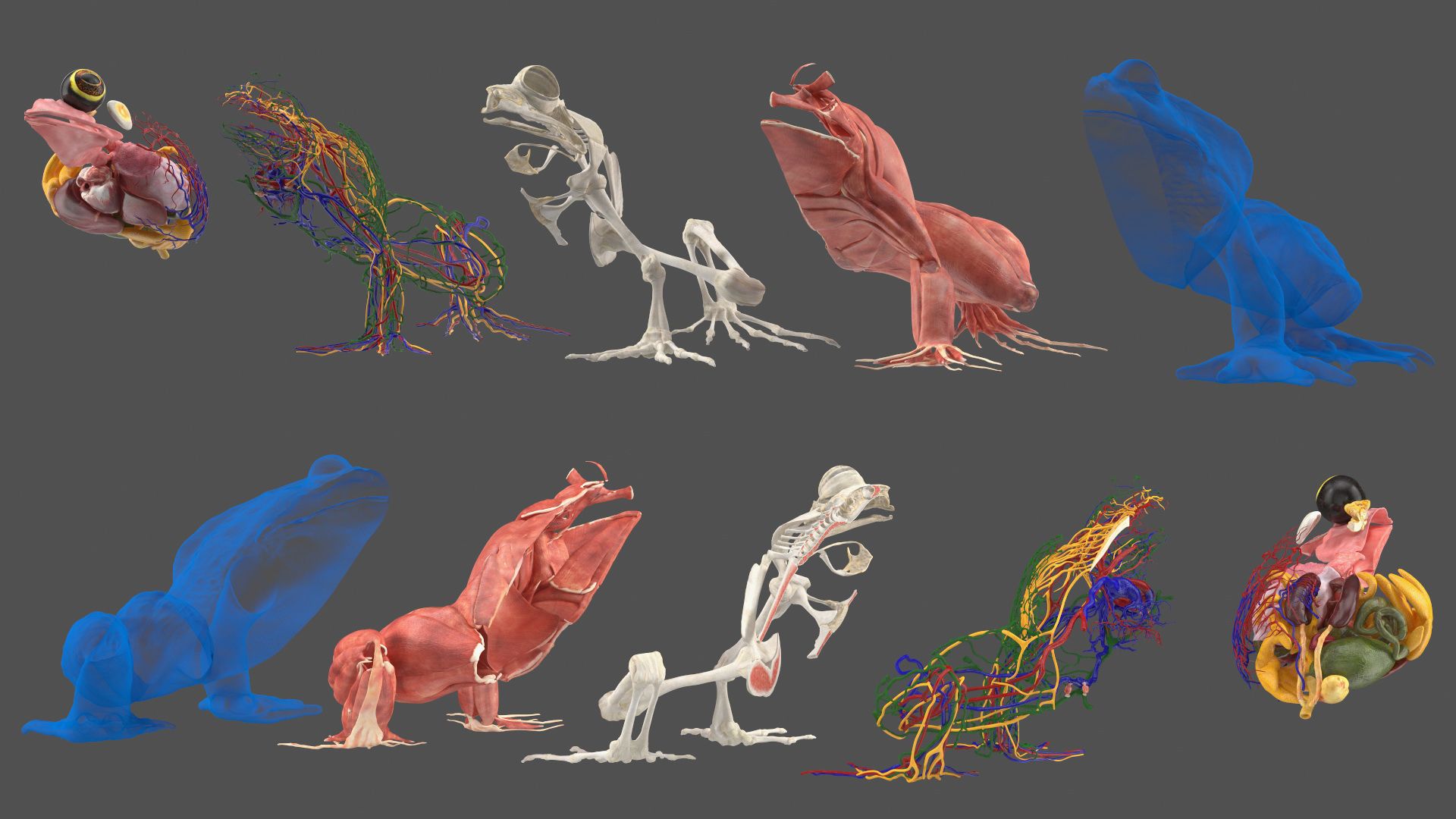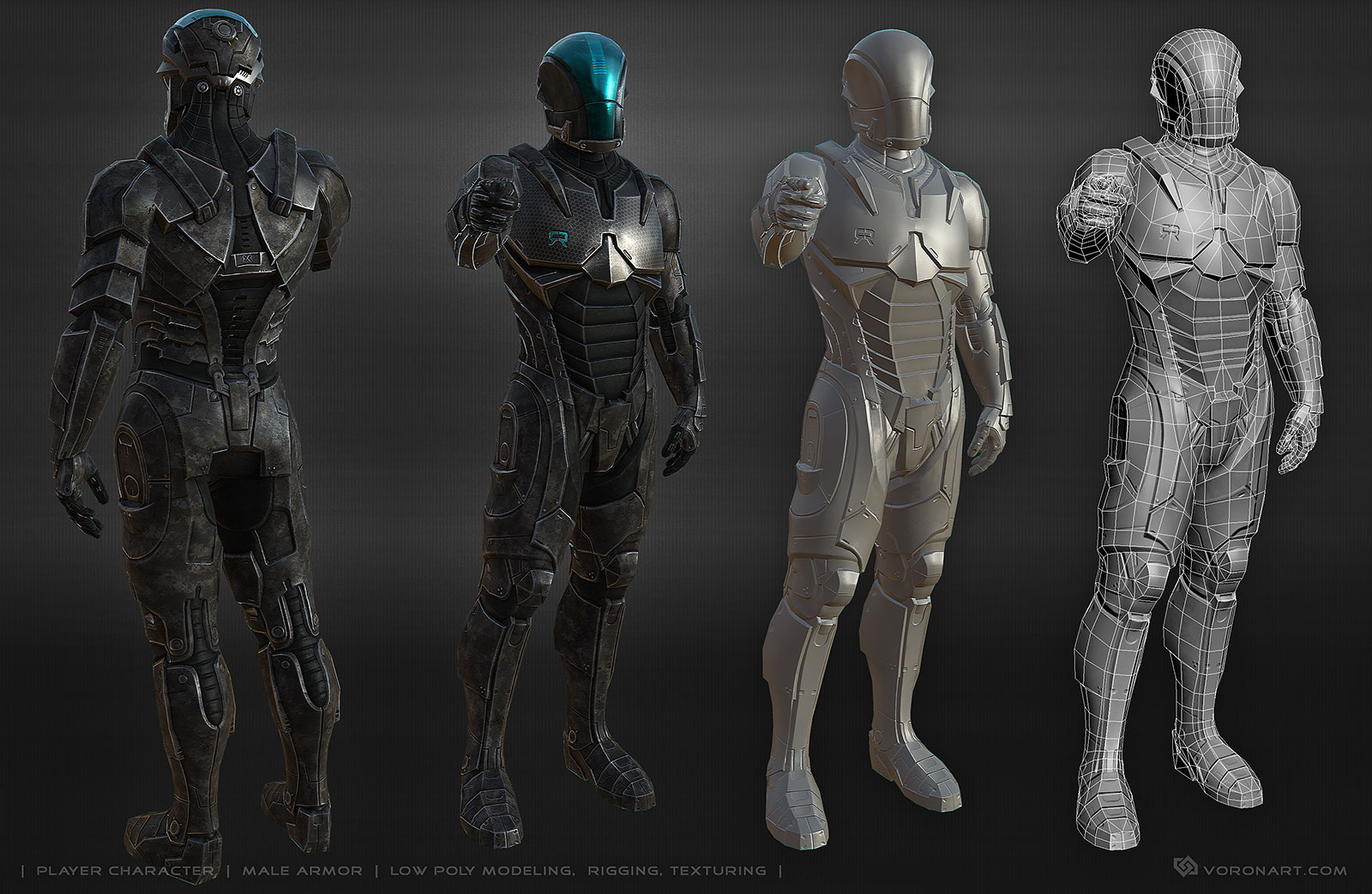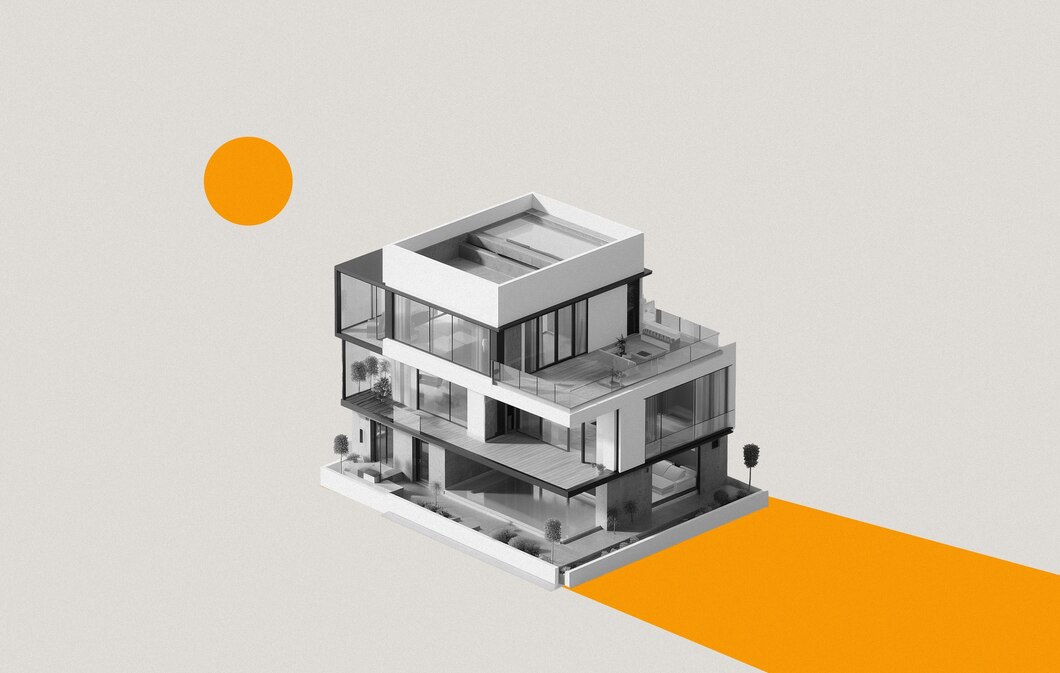
Unlocking the Aesthetics of 3D Design in Architecture
The world of architecture is constantly evolving, with innovations pushing the boundaries of what is possible. The advent of 3D design is one such revolution that has sparked a new era of creativity, adding depth and realism to architectural concepts. So, let’s delve into how 3D design is redefining the architectural aesthetic.
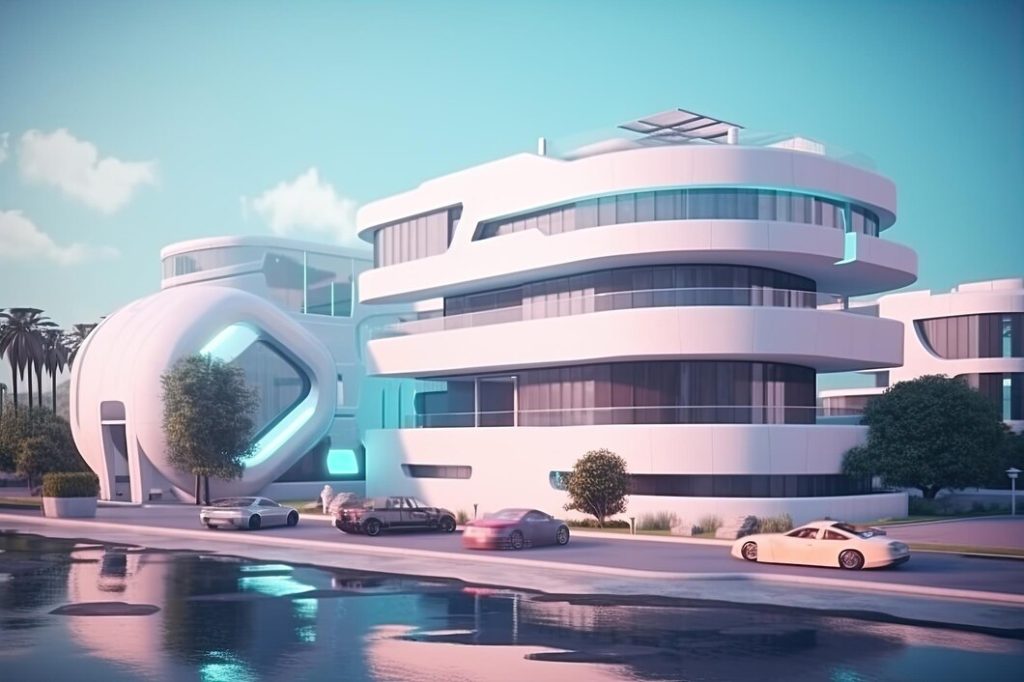
3D design in architecture focuses on creating three-dimensional models of structures or spaces before actual construction begins. Architects use specialized software to design and manipulate these models, providing viewers with an in-depth understanding of how the final product would look. This approach is transforming the architectural landscape in several ways.
- Visualization: The most significant advantage of 3D design is its power to create realistic visualizations. By offering a bird’s eye view of a structure, it helps architects, clients, or stakeholders grasp the complete design.
- Precision: 3D models offer immense precision, allowing architects to manipulate every detail minutely. This way, any flaws or inconsistencies can be identified and rectified early in the design process.
- Enhanced Creativity: With 3D design, architects can experiment and envision complex designs or structures, enabling them to push the boundaries of architectural aesthetics.
- Seamless Integration: Another essential feature of 3D design is its ability to integrate seamlessly with Building Information Modeling (BIM) systems. BIM systems contain geographical information, spatial relationships, light analysis, and the properties of building components to generate and manage information about a building’s lifecycle.
Case Study: The Guggenheim Bilbao Museum in Spain is an iconic example of how 3D modeling can bring a unique architectural vision to life. Its complex, curvilinear design was made possible through the utilization of 3D software. Architect Frank Gehry used advanced 3D design to manipulate the building’s titanium-clad curves, transforming the way architects conceive and execute elaborate designs.
Predicting the Future of 3D Design in Architecture: Given the range and depth of possibilities that 3D design offers, it’s set to be the future of architectural design. With virtual reality (VR) becoming more accessible, the immersion that 3D design offers will become more profound, helping architects to create more visually stunning and structurally sound buildings.
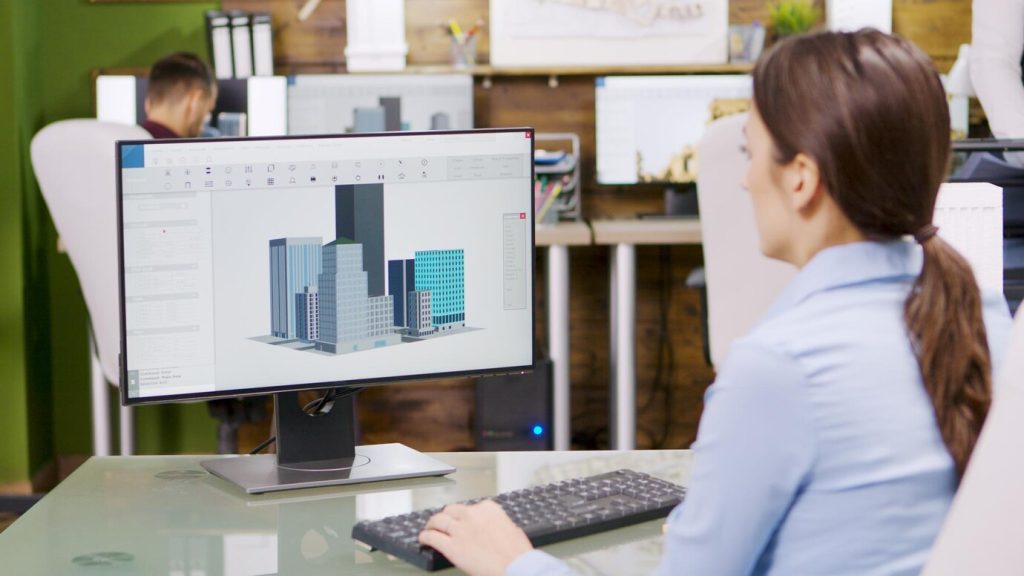
In conclusion, 3D design is not just a new tool in the arsenal of architects; it’s rapidly becoming the cornerstone of modern architectural aesthetics. By offering a panoramic and realistic view of designs, it is aiding architects in creating masterpieces that seamlessly blend functionality and aesthetics within the realm of architecture. The synergy of technology and design is truly a sight to behold – opening up a world where imagination is the only limiting factor in the architectural prowess.
The metamorphosis of architectural design through 3D technology is akin to the first time human civilization moved from clay tablets to manuscripts. We are witnessing a monumental shift, a radical transition – one that is shaping our buildings and cities. And at the heart of this evolutionary leap lies the power of 3D design. It’s an exciting time to be an architect or a design enthusiast, witnessing this architectural revolution, where aesthetics, functionality, and technology intertwine to rewrite the rule book of design.


